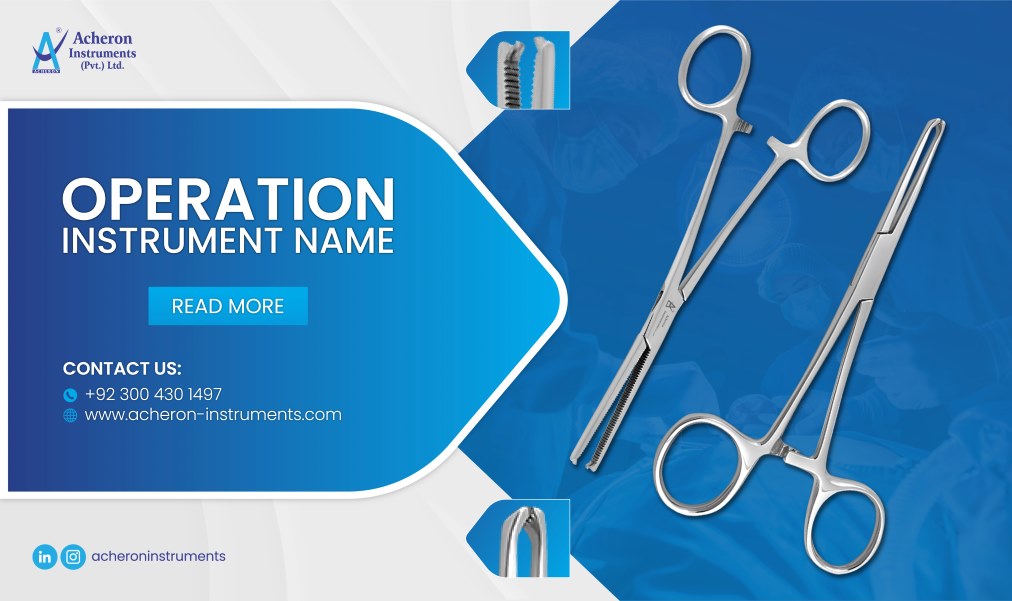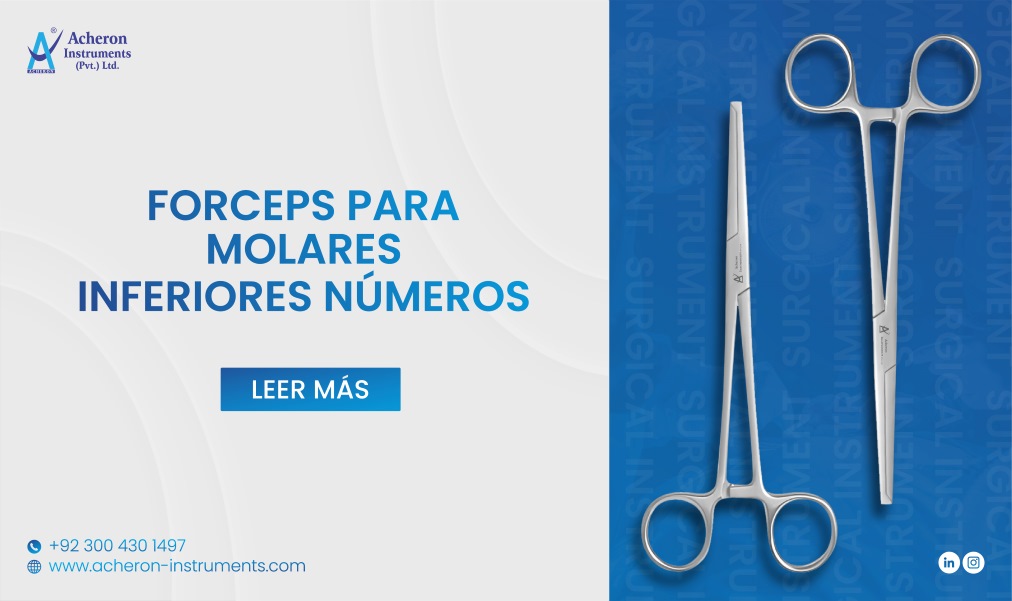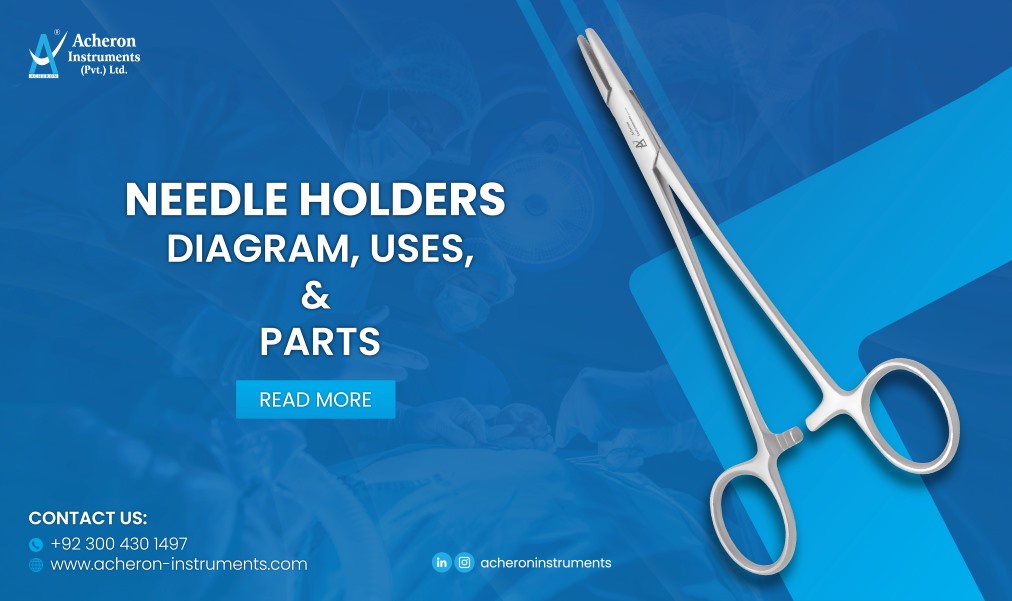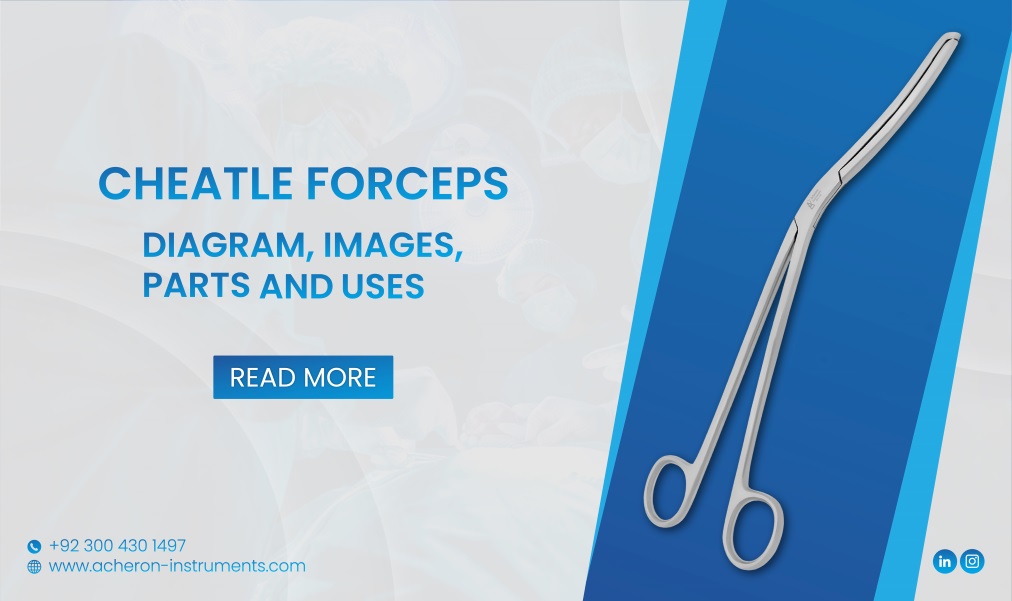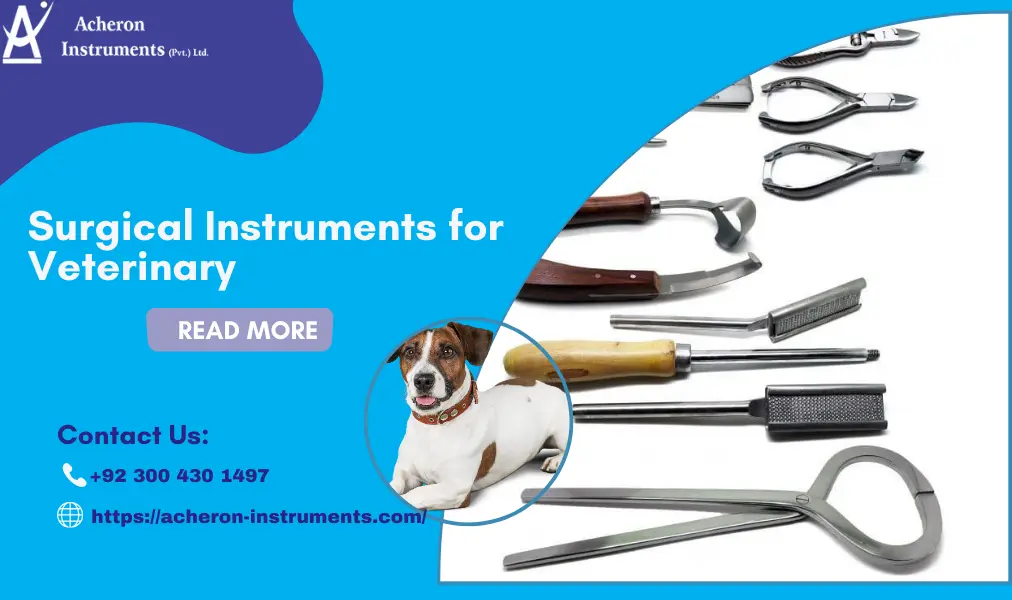
Taking care of animals is as important as human beings. These living creatures require special care and need to undergo treatment in difficult times. Just like surgical tools used in the operating rooms for human beings, various surgical instruments for veterinary are used in veterinary healthcare facilities too.
The field of veterinary continues to evolve to ensure the well-being of our beloved animal companions. One crucial aspect of veterinary care is surgery, which often requires specialized instruments designed to address the unique anatomical and physiological characteristics of various species. So, what basic instruments do veterinary surgeons use? These surgical tools serve multiple purposes and are widely useful in multiple surgeries. In this blog, we will discuss surgical instruments for veterinary and their purpose.
Commonly used surgical instruments for veterinary
The veterinary instruments list is long. But here we will discuss a few of them that are frequently used in veterinary hospitals or clinics:
Scalpels and Surgical blades:
Precision is of utmost importance in veterinary surgery, and scalpels are essential tools for making precise incisions. Veterinary surgeons use a variety of surgical scalpels designed for different tissues and multiple procedures. A scalpel is a sharp surgical tool that comprises a stainless steel blade. However, Fine-tipped scalpel blades are suitable for delicate surgeries, while more robust blades are suitable for cutting through tough tissues.
There are different scalpel handles available that feature a removable blade within the handle. The blade is typically replaced to alter the blade's dimensions or configuration based on the incision requirements for a specific surgery. Consequently, veterinary specialists frequently replace the scalpel blade with each surgical procedure.
Forceps and Clamps:
Forceps are one of the essential surgical tools that veterinary surgeons use in different surgical procedures. These toolsplay a crucial role in holding tissues and organs in place during surgery. Also, there are multiple variations of forceps available that serve different purposes. The three important functions of forceps used in veterinary include
- holding various tissues together
- keeping tissues separated to facilitate blood flow between them
- preparing tissues for effortless cutting using surgical scissors.
The major categories of forceps include dissecting forceps, tissue forceps, and hemostats/clamps. Tissue forceps are commonly useful for grasping and manipulating delicate tissues, whereas hemostatic forceps help control bleeding by clamping blood vessels.
Scissors
Another important surgical tool that veterinary surgeons use massively in surgical practices is surgical scissors. Also, these scissors come in multiple shapes, sizes, and variations. Various types of scissors are commonly used in veterinary surgery, including blunt, sharp, straight, curved, and serrated scissors. Moreover, this surgical instrument is the most useful one that is used to cut and dissect muscles, tissues, sutures, and organs.
The surgical scissors allow surgeons to cut away tissues that create obstruction along the surgical path. Surgeons have access to multiple types of scissors that are categorized based on their strength. Mayo scissors, known for their robustness, are primarily useful for veterinarians to cut connective tissues and occasionally for surgical mesh. On the other hand, Metzenbaum scissors are specifically crafted for cutting delicate tissues. Furthermore, the diversity in scissor types makes it a common practice for veterinarians to utilize multiple scissors during surgical procedures.
Retractors
Retractors are incredible tools that surgeons use to retract tissues and gain proper access to the surgical area. During surgical procedures, the surgeon creates an opening or lesion in the skin, thus dividing the tissues subsequently. Also, The retractor is used to keep the incision extended, facilitating the execution of the surgery. Additionally, the surgeon may utilize the retractor to discover a particular area or keep tissues and organs positioned aside.
Self-retaining retractors, hand-held retractors, and wound retractors are common retractors used in veterinary surgery. They come in various sizes to accommodate the differences in anatomy among different animal species.
Needle Holders:
Suturing is a crucial step in closing surgical incisions, and needle holders play a vital role in securing and manipulating needles. A needle holder or needle driver comprises a handle and a shaft featuring a bevel blade. Also, the handle enables single-handed manipulation, providing increased comfort for the surgeon. Moreover, the shaft of this tool includes a tip designed for seamless navigation of the needle through tissues.
Typical surgical instruments for veterinary found in a Basic Surgical Pack
A surgical pack is available for veterinary surgeons in which a vast variety of veterinary surgical instruments are present. This pack comprises all the basic essentials that veterinary surgeons might need for surgery. The instruments included in the basic surgical pack include a scalpel handle, towel clamp, thumb forceps, a needle driver, hemostatic forceps, tissue-cutting scissors, and suture scissors.
Other surgical instruments for veterinary:
Apart from general surgery instruments, there are other multiple surgical tools that veterinary surgeons use. Let’s discuss a few of them:
Orthopedic surgical tools:
Surgeons use these tools to facilitate surgeries, diagnose both common and rare fractures, perform bone-cutting procedures, and extract bones from affected areas. Chisels, Osteotomes, periosteal elevators, and rongeurs are a few surgical instruments veterinary that veteran surgeons use for orthopedic problems related to animals.
Dental instruments:
Veterinary surgeons use dental instruments when performing multiple dental procedures on animals. Also, these instruments commonly come into use during routine dental examinations, cleanings, and more complex dental surgeries. These instruments are designed to address oral health issues in animals, such as tooth extractions, scaling, and addressing dental abnormalities.
Some commonly used dental instruments for veterinary include wax knives, dental extraction forceps, dental mirrors, and dental elevators.
Conclusion
Surgical instruments for veterinary use are a critical component of modern animal healthcare. Moreover, these incredible tools ensure that surgical procedures are performed with precision, safety, and efficiency. In this blog, we have discussed a few basic surgical tools that veterinary surgeons use during surgical procedures. However, the list of veterinary surgery instruments is not limited to the above-mentioned tools.
Where to find the best quality surgical instruments for veterinary?
The best quality of surgical instruments is determined by the material it is made of, their durability, pattern consistency, workmanship, and functionality. You can get it all under one roof from Acheron Instruments. We offer high-grade German stainless steel forged surgical instruments for veterinary that are not only durable but also can be reused after sterilization. Also, we offer customization of surgical tools.
What can be better than getting ISO-certified veterinary surgical tools for your healthcare facility that too at the most reasonable prices? Contact us for further assistance. So, what are you waiting for, place your orders now!


